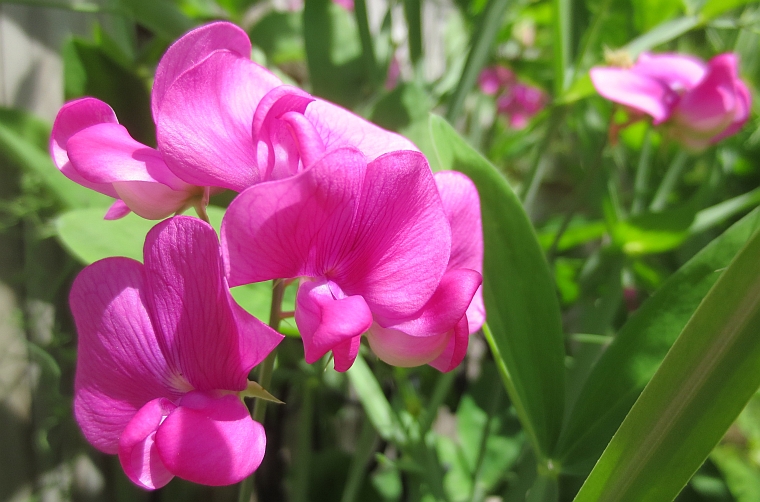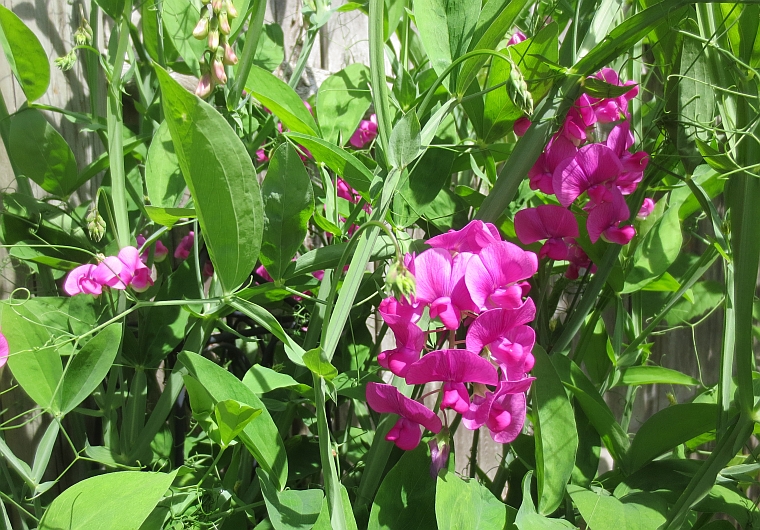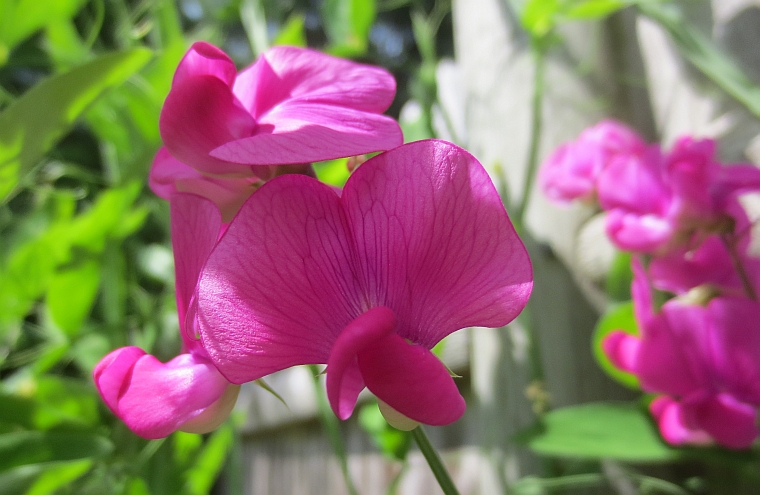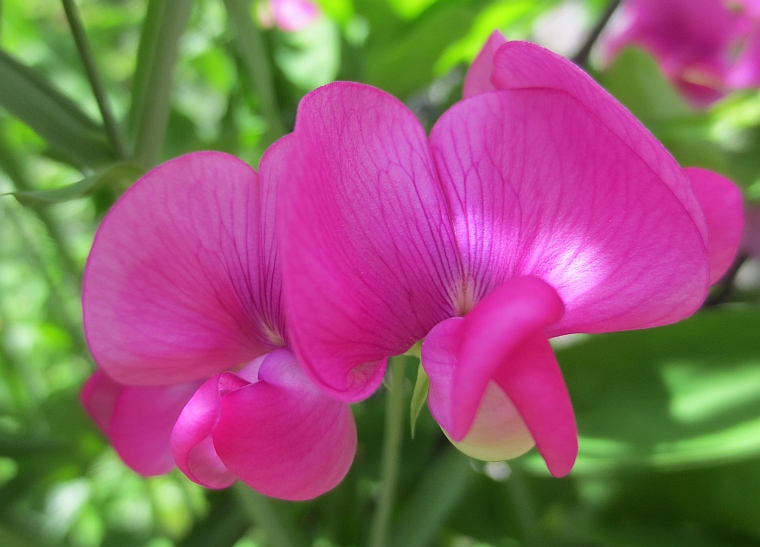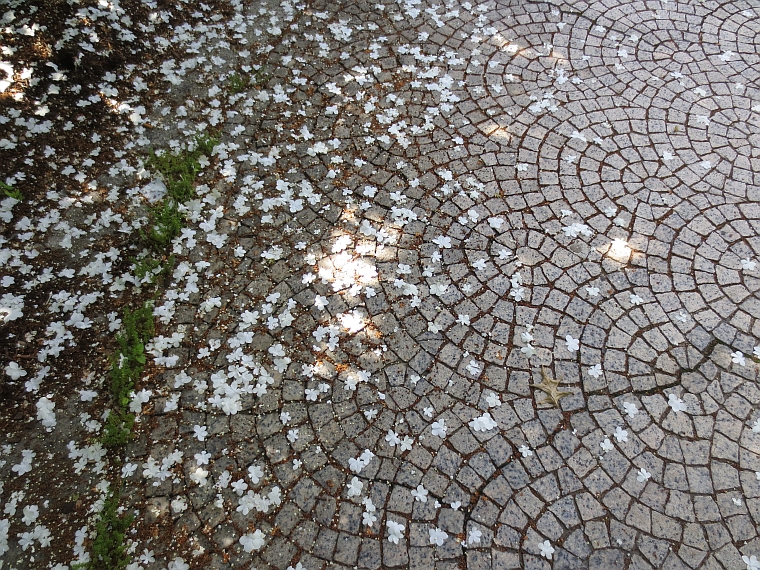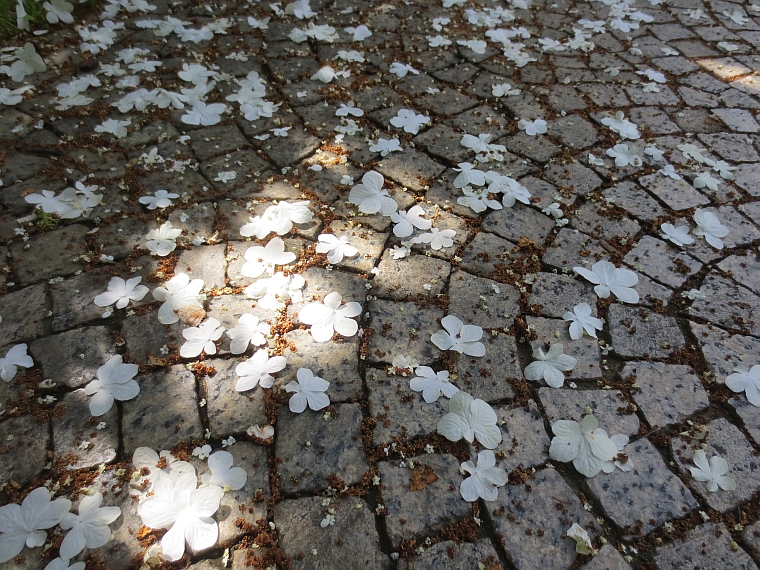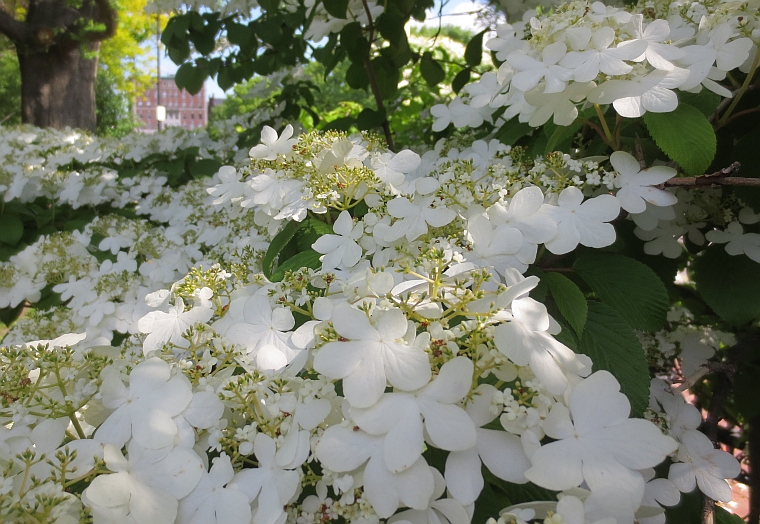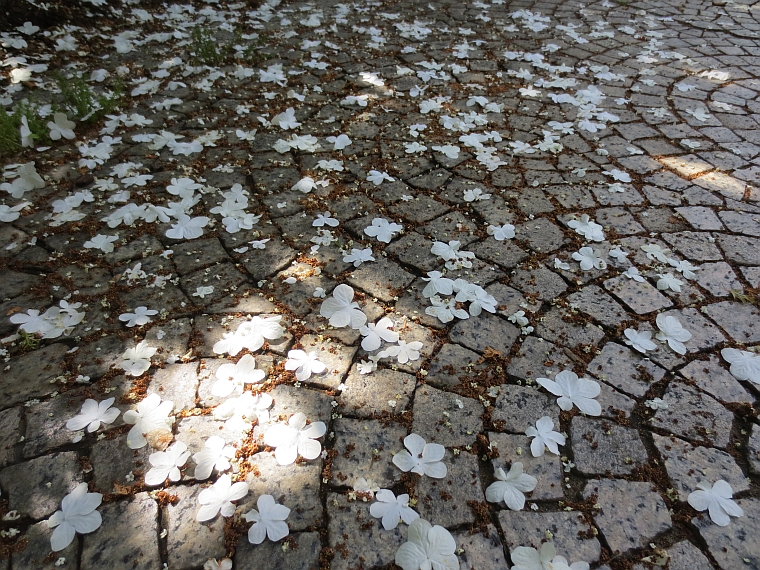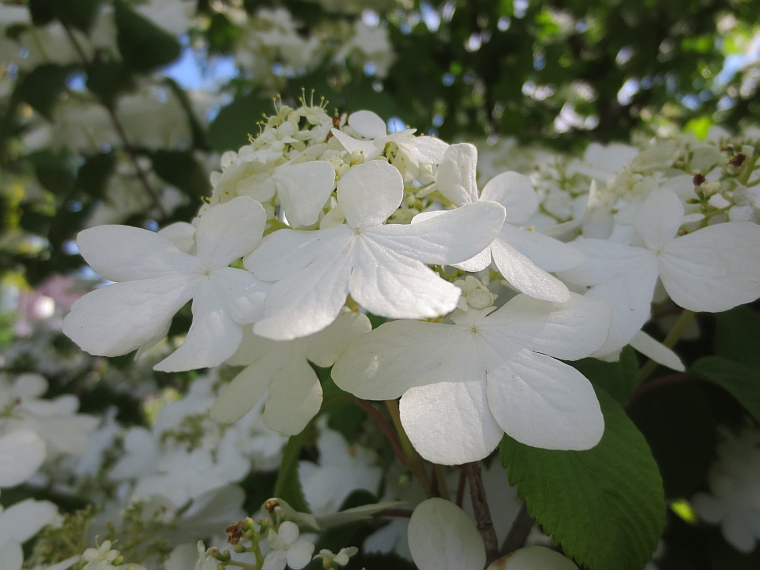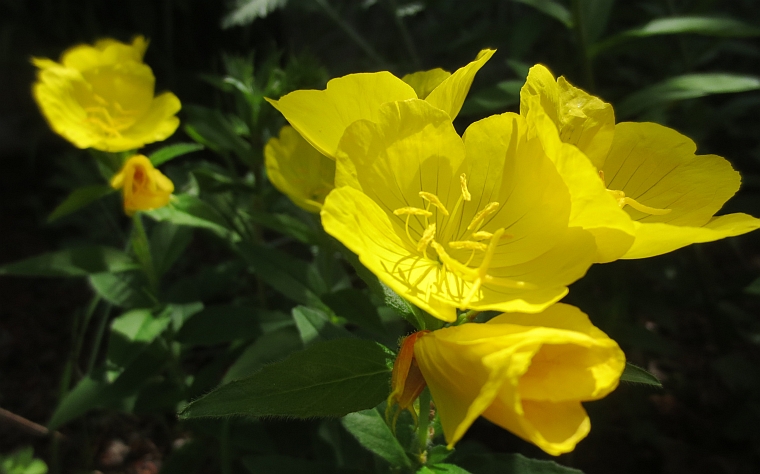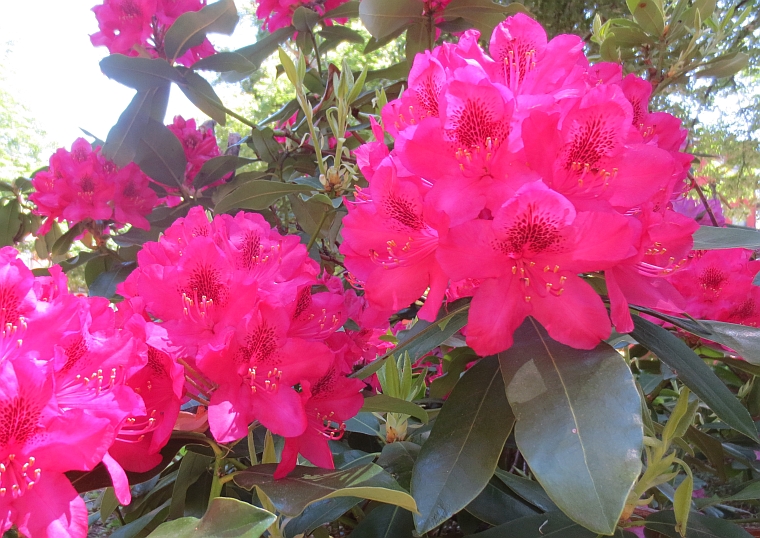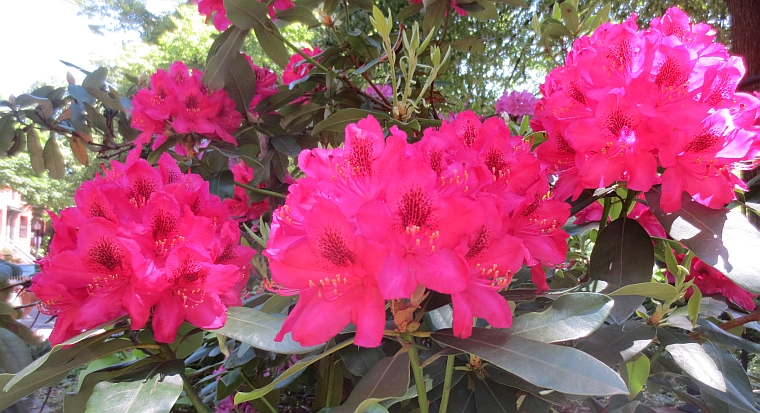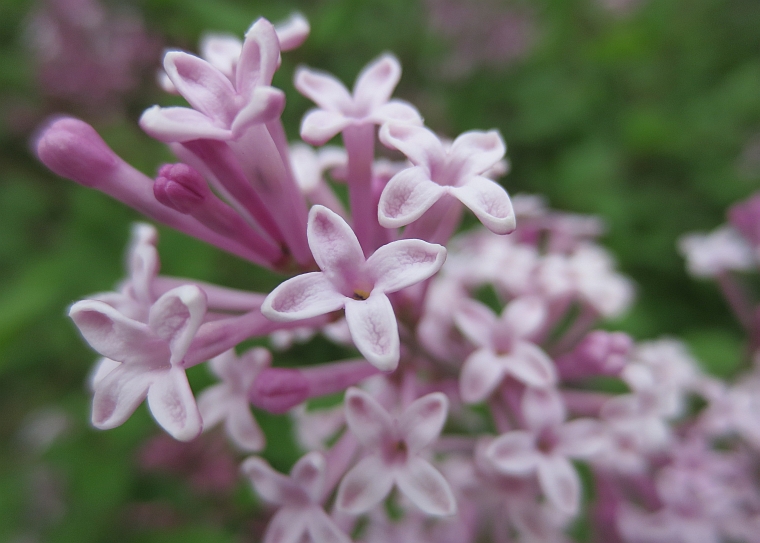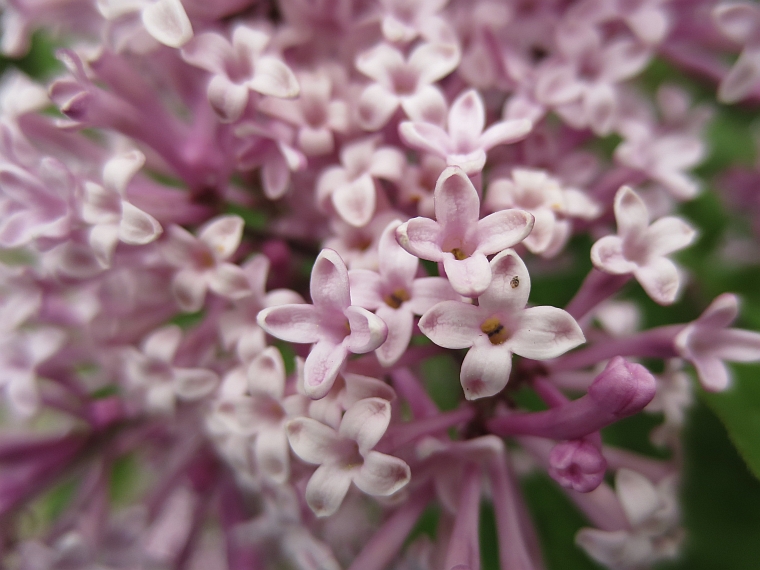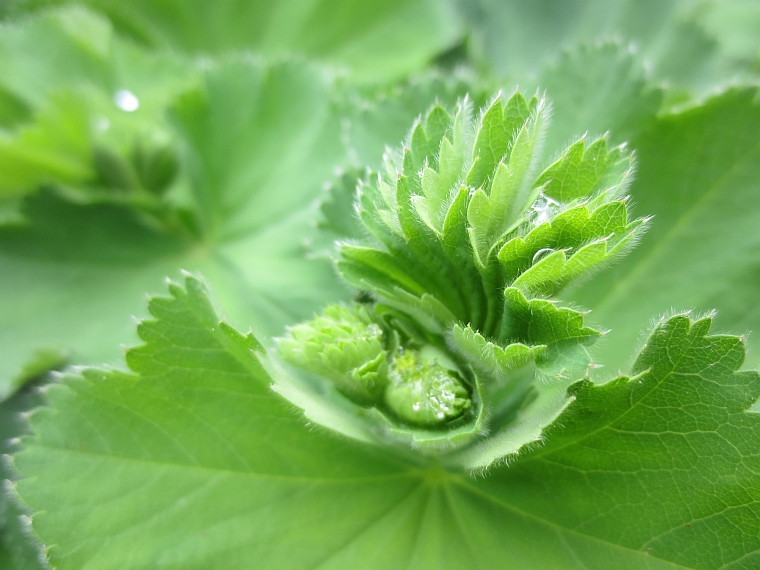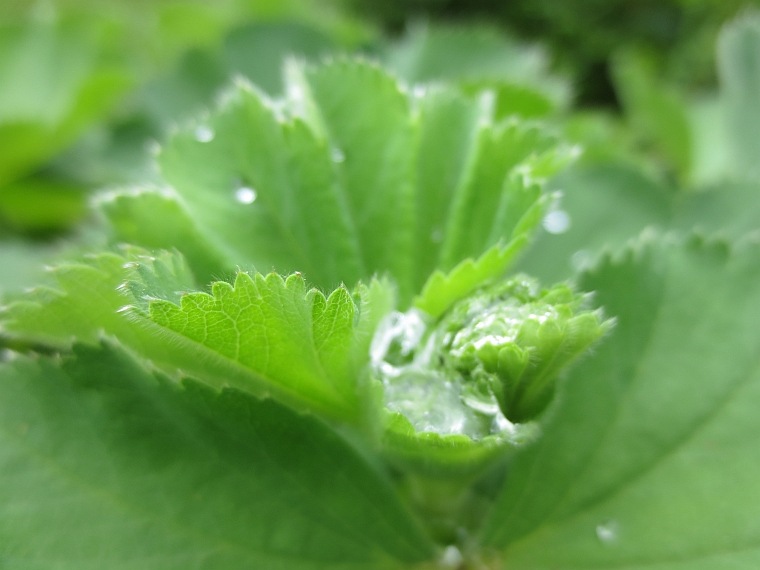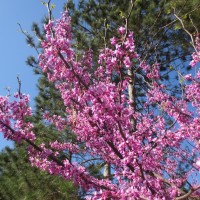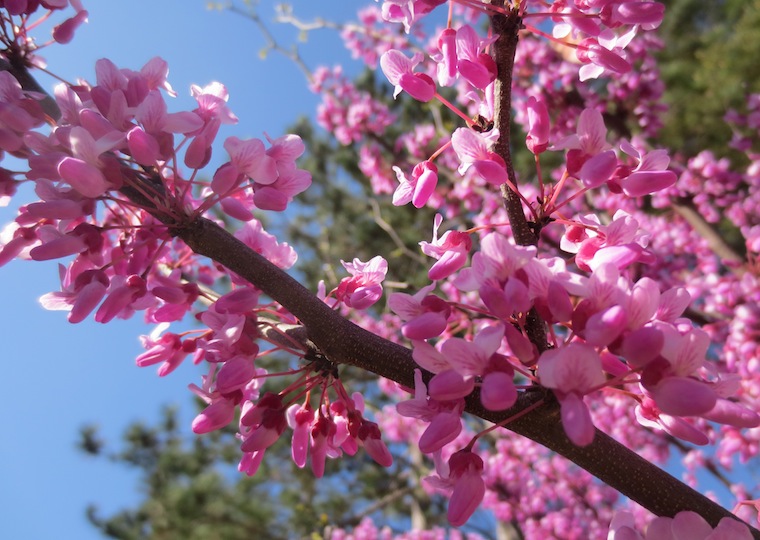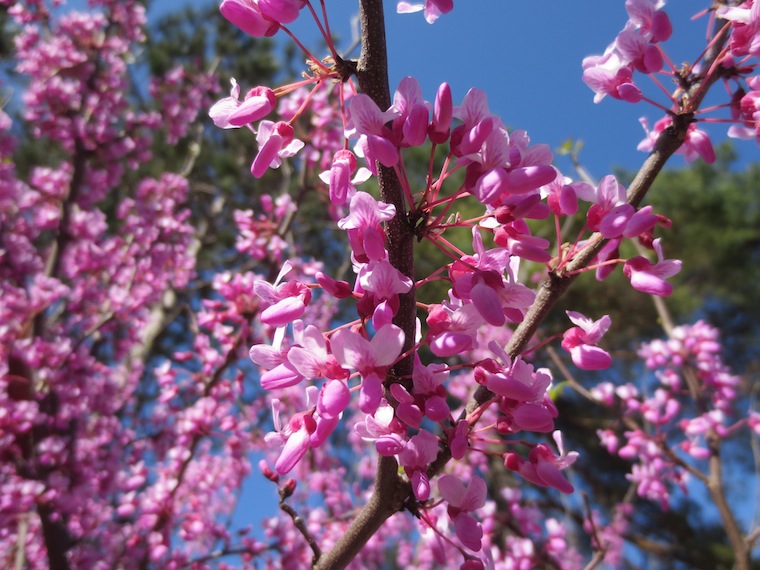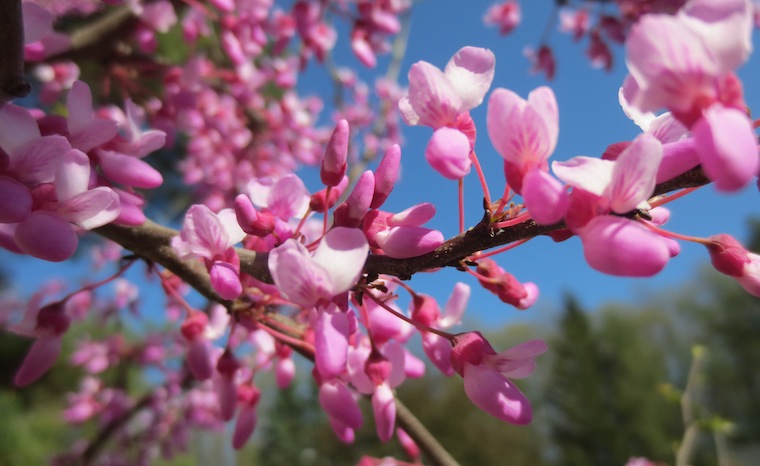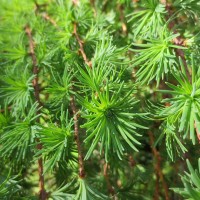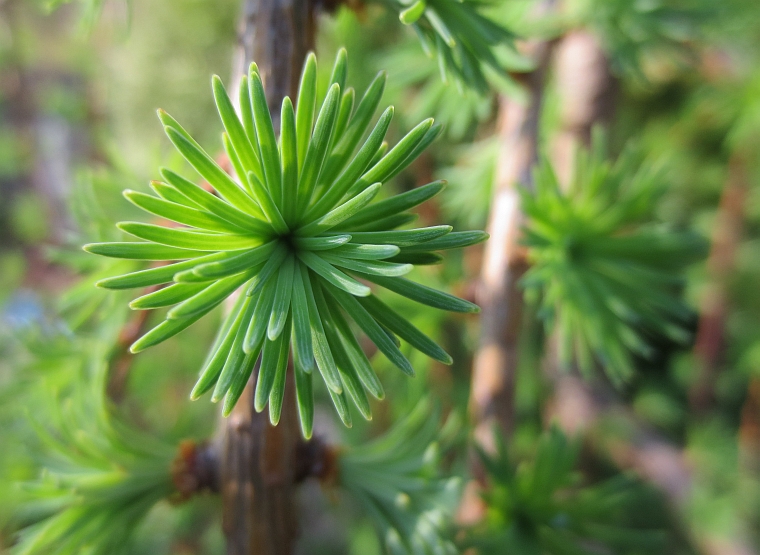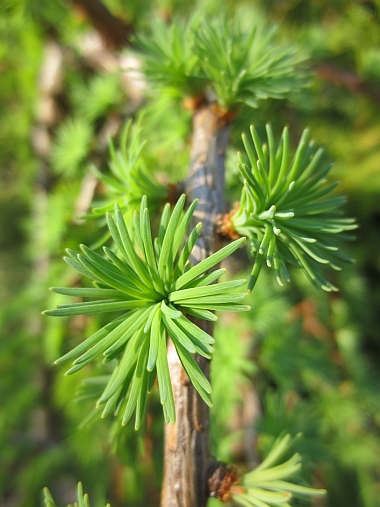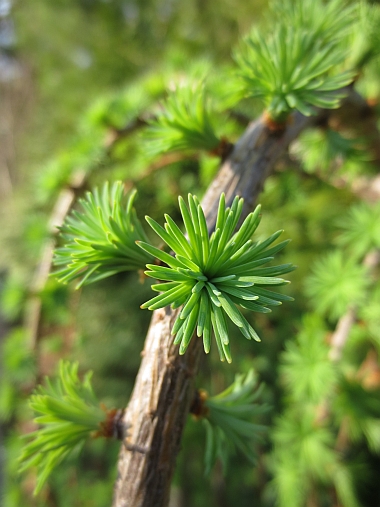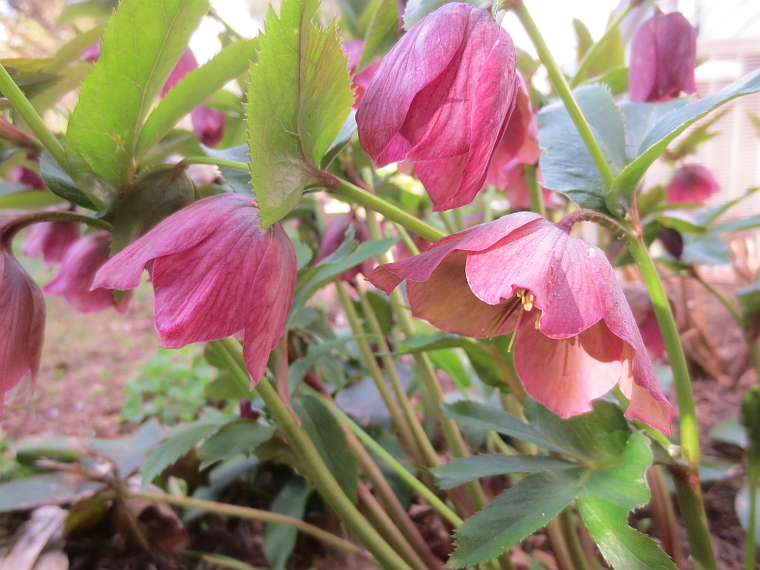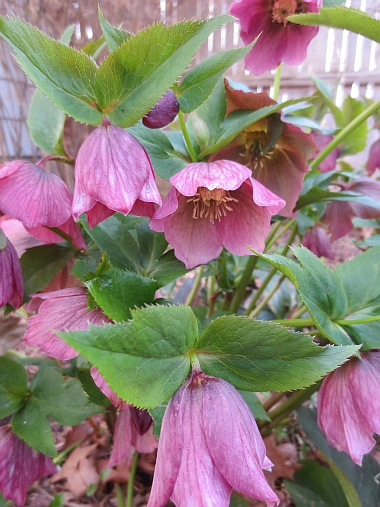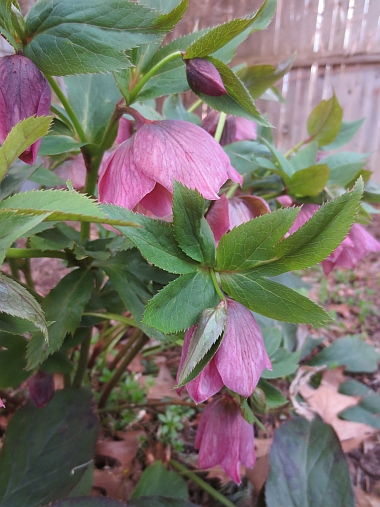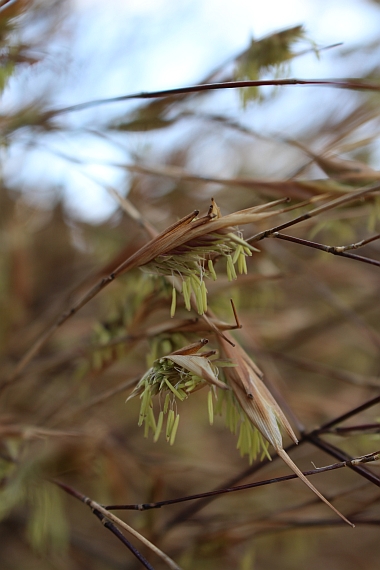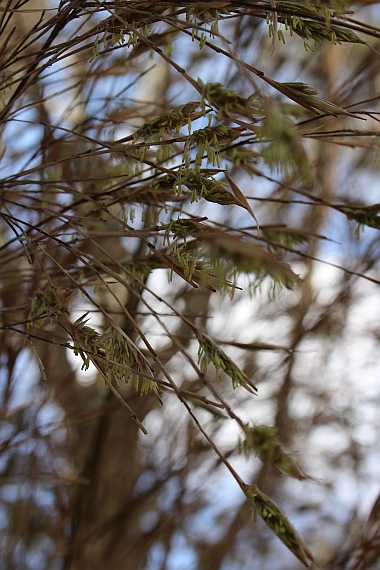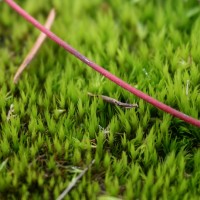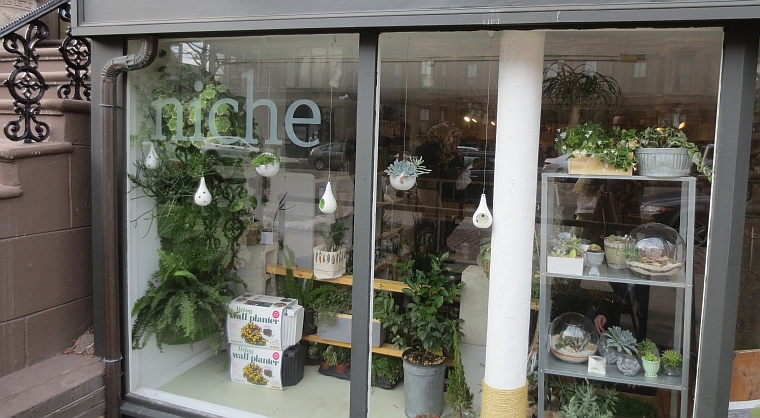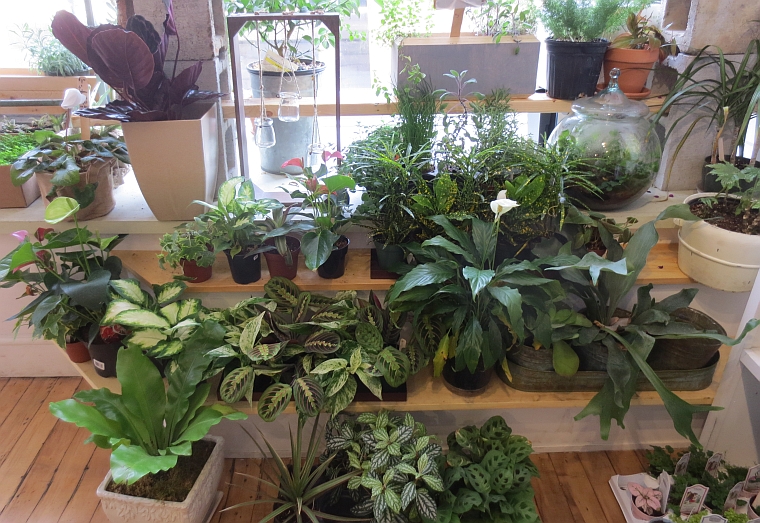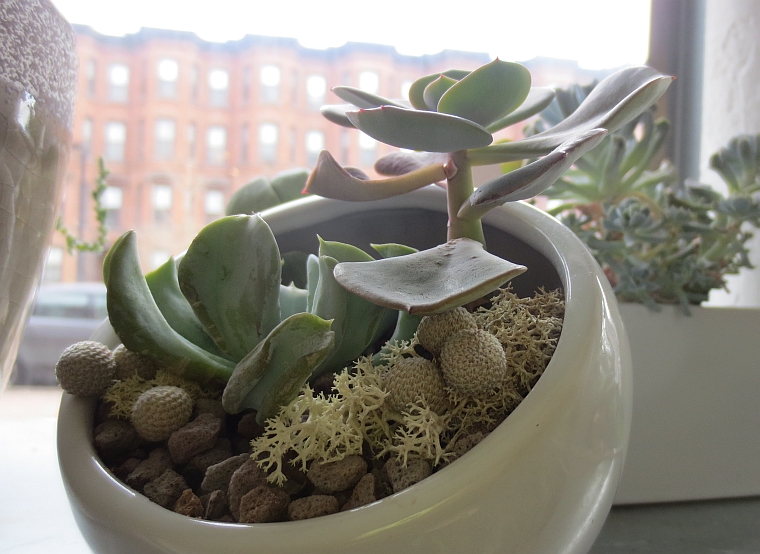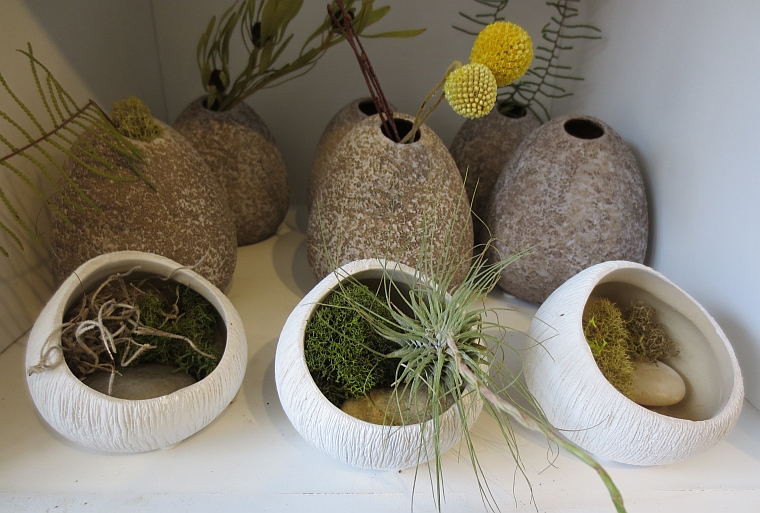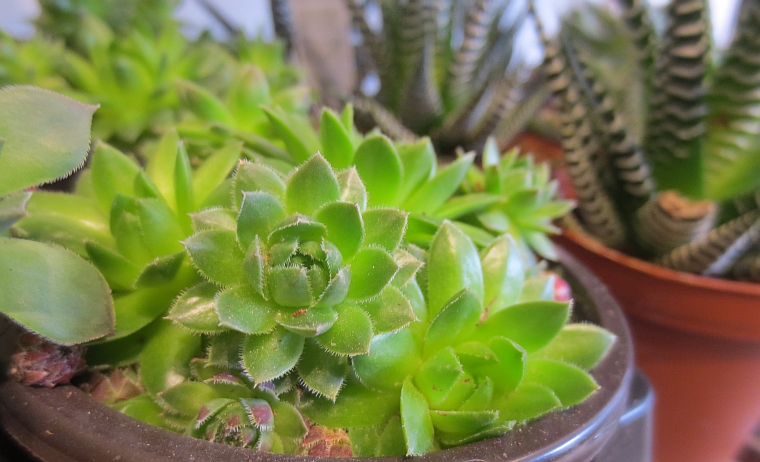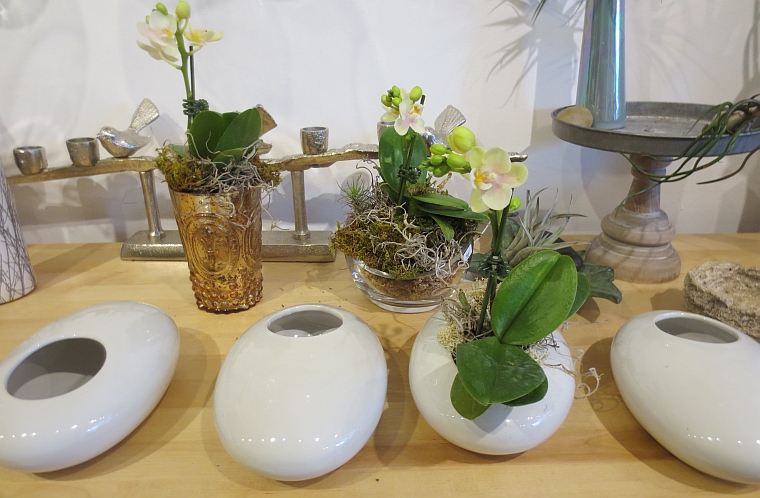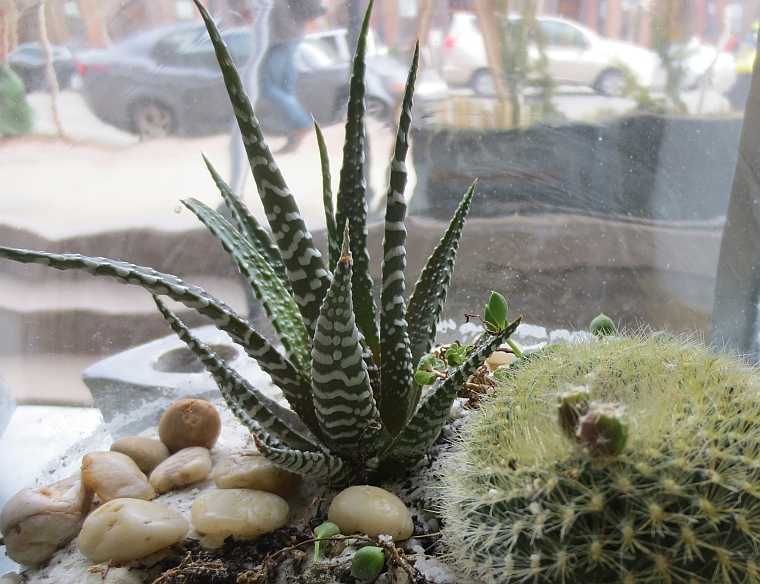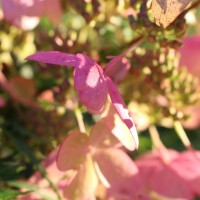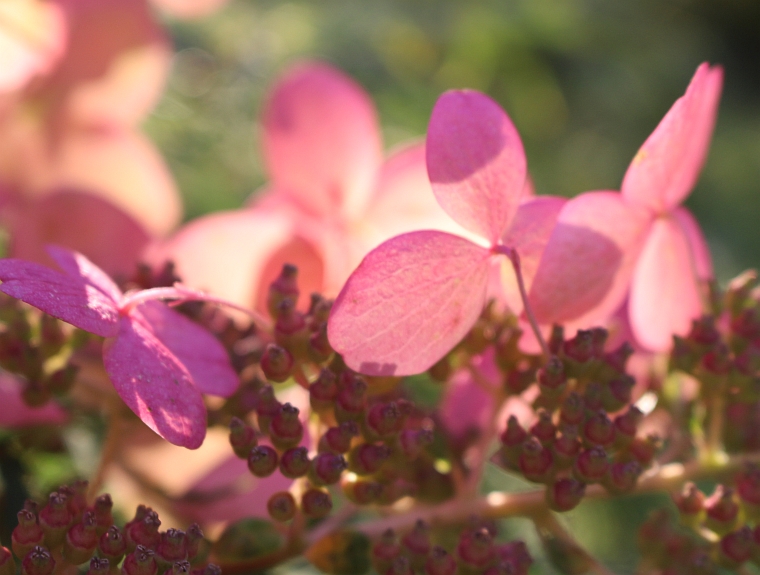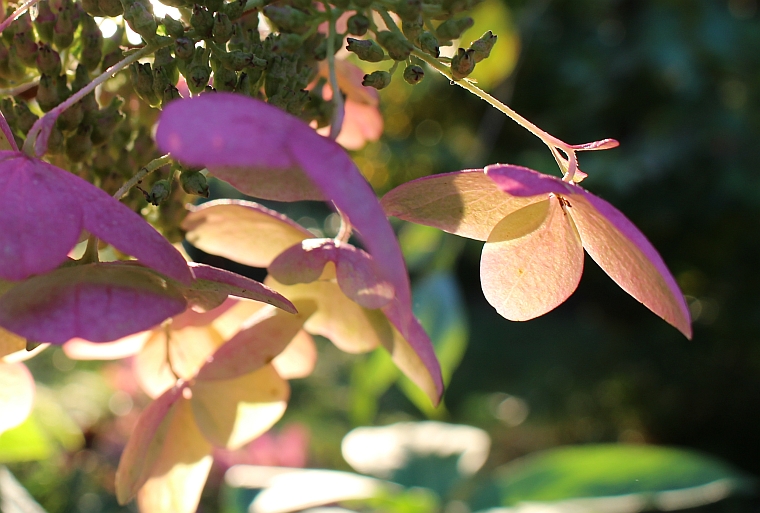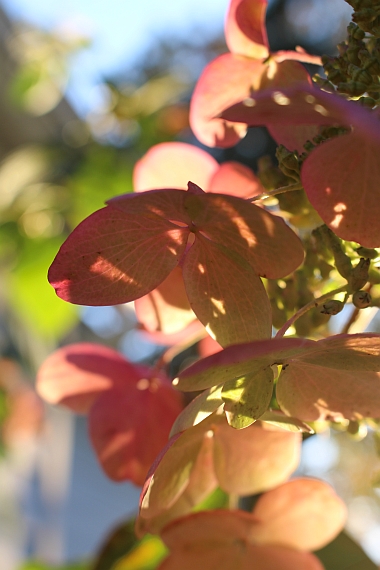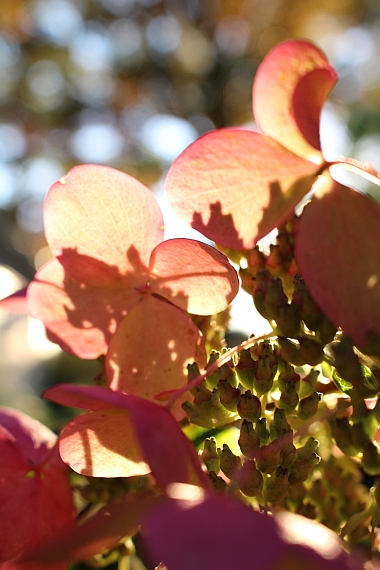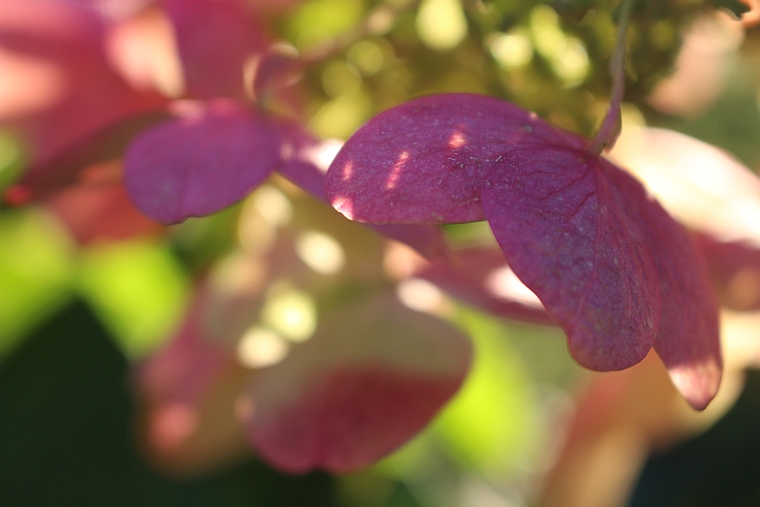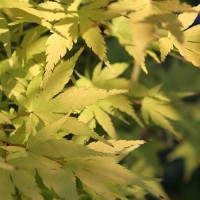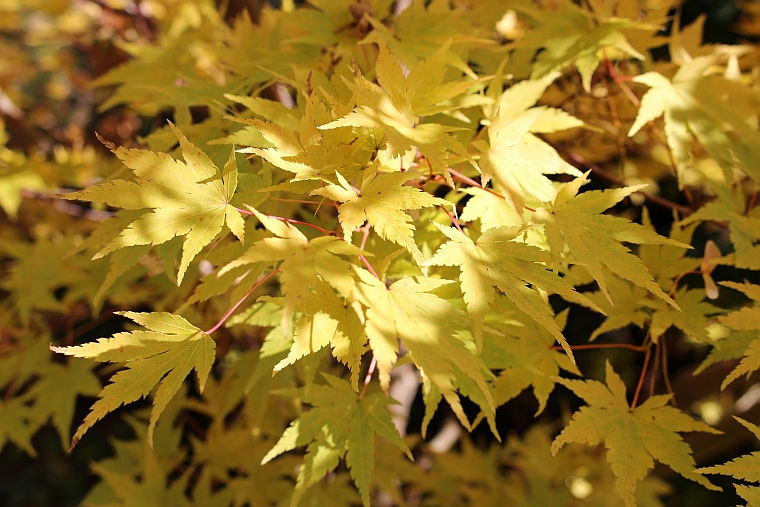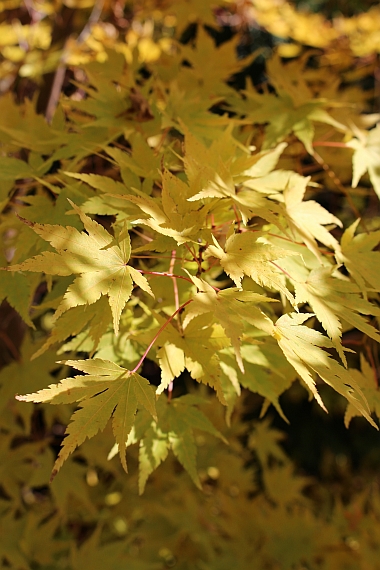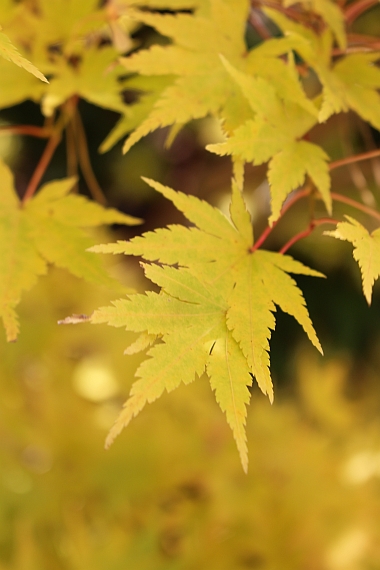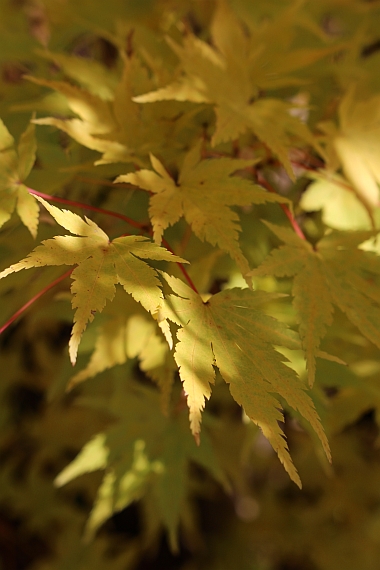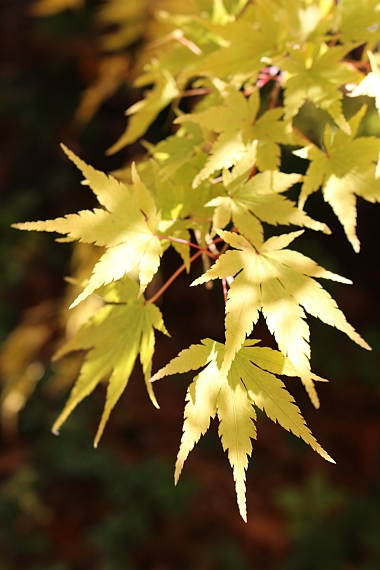I have no idea how this wild sweet pea came to be in our garden. Unlike the equally-questionable Japanese knotweed specimen that I actually planted (a variegated and less rambunctious variety than the wild one) I don’t recall intentionally putting this pea in. Yet there it was, so I stuck a wire frame for support into the surrounding area and watched the plant climb.
Unlike the early-season sweet peas that are more delicate, and more varied in flower color, this version is hardy, but lacking in charms like fragrance. It’s also an invasive weed in many areas, but if you haven’t grown up with it, the blooms are just as enchanting as the more refined garden version. Its perennial nature is also a nice boon if you happen to miss the early planting season for its showier counterpart. (Yes, I missed it.)
When confined and controlled, even the most invasive of plant pests can be beautiful when examined singly. If dandelions were as rare as Adonis, they’d fetch similarly exorbitant prices. Scarcity is a powerful thing.
While it will bloom for much of the summer, it tends to get quite scraggly-looking as soon as the first flush of blooms is done. As soon as that happens, I like to cut it back to a foot or two from the ground and it will send up a fresh mound of growth, often resulting in a second flush of blooms later on in the summer, when flowers and color are more badly needed.


